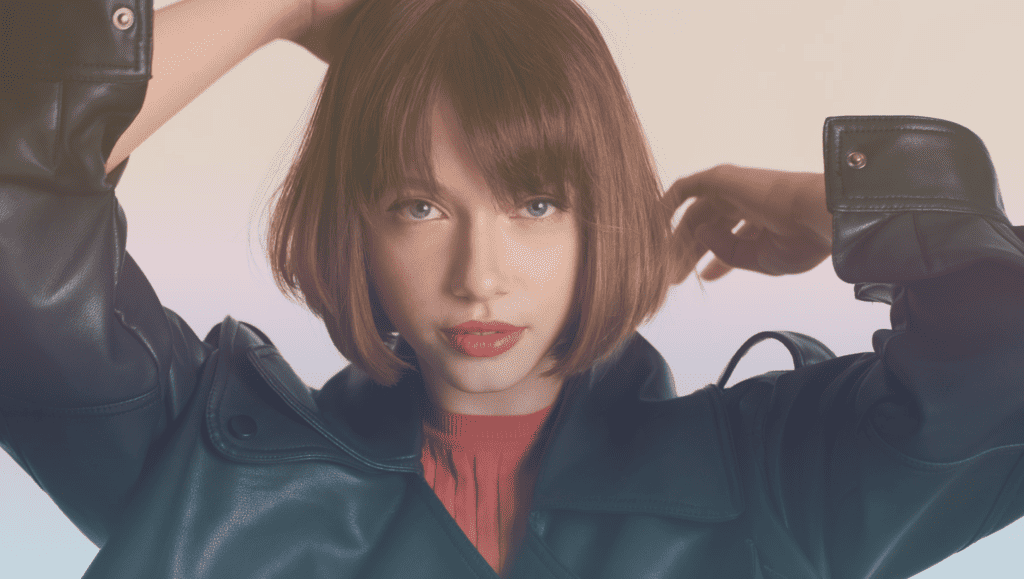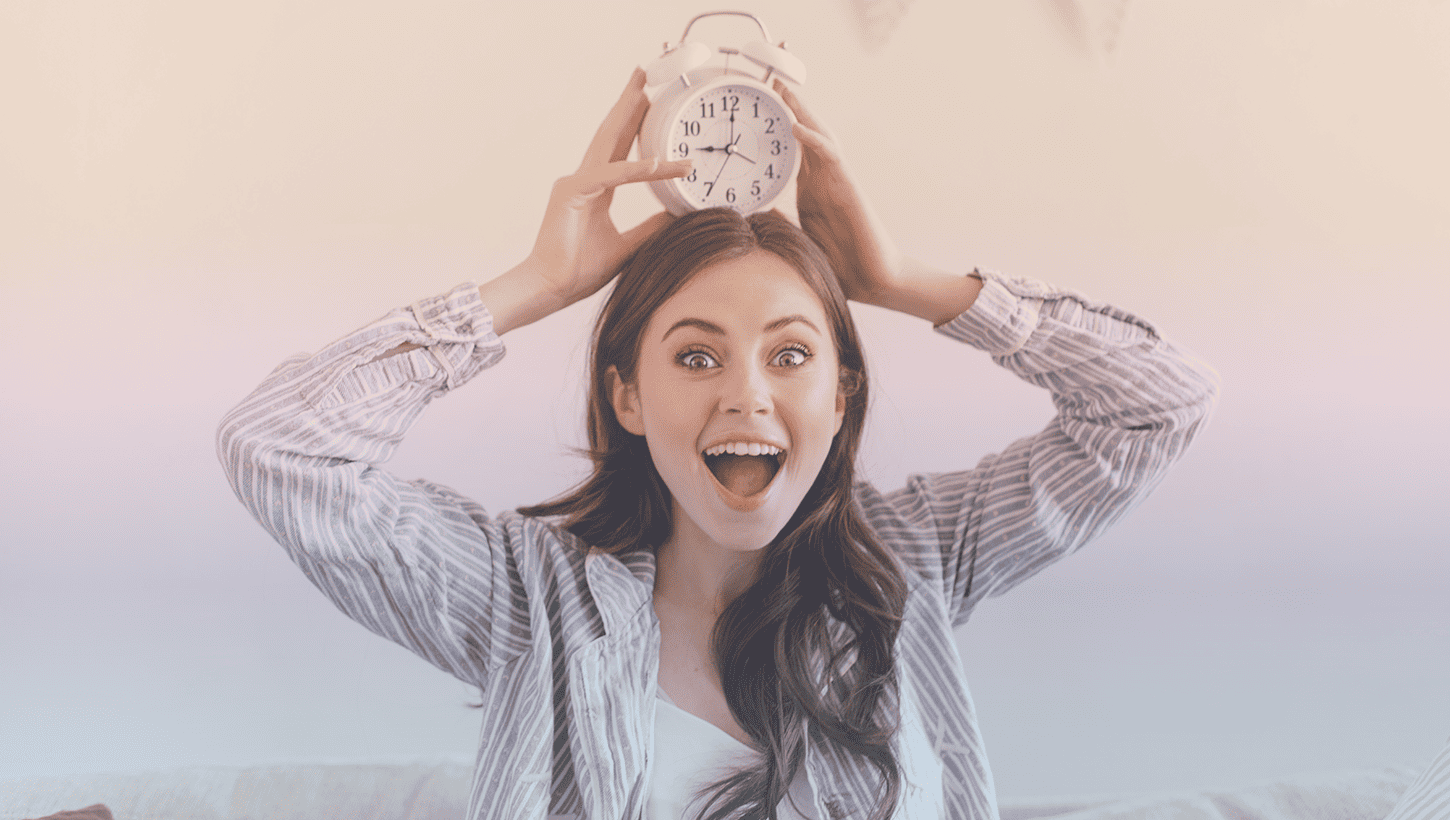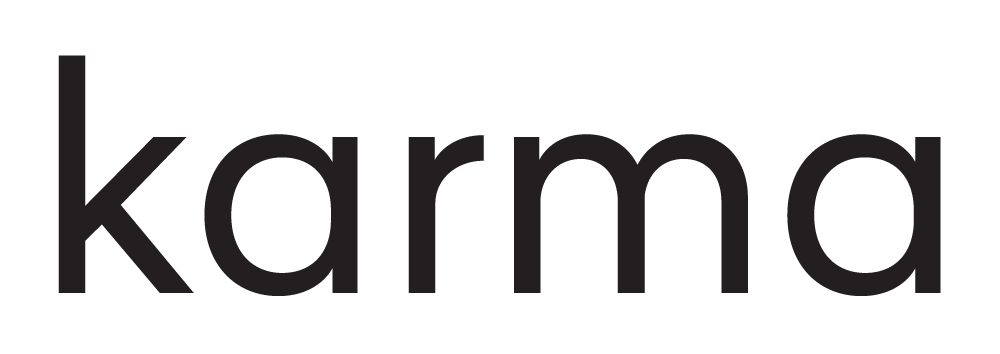Unlock 10% OFF
Latest Blogs

Unexpected Uses For Your Flat Iron
on Feb 06 2025
A good straightener not only straightens hair, but can also help tame cowlicks, smooth down frizz, and lend your locks a glossy sheen. But, did you. Know that the humble flat iron can actually accomplish far more than you may expect. From curling your locks to playing double-duty as a clothing iron, these creative uses will make your straightener even more indispensable than you ever expected.
Use your flat iron for curls and waves, too.
In addition to pressing your wayward strands into a smooth coif, your flat iron can also create loose 70s-inspired curls. We recommend starting off with a heat-protecting oil. After distributing the protectant, you'll pin your hair back and work in half-inch sections, starting at the root and twisting as you pull down. Once you're done curling, a few moments of finger-styling and a drop or two of anti-frizz serum is all you need to finish the look.
If relaxed beachy waves are more your style, your flat iron can definitely make those happen. Start by blow drying wet hair with a paddle brush and a few pumps of smoothing oil. Next, section off your hair and, beginning with the longest pieces, twists the hair around the flat iron in half-turn motions. Once you make it through all of your locks, run your comb through the ends, do some finger-tousling, and set with hairspray at the end.
Crimp Your Hair.
Give your hair a total transformation with a simple flat iron trick. Starting at the roots of your hair, guide the flat iron down while twisting your wrist back and forth every inch. An extra hot iron and persistent pressure will ensure that your crimps are clean and even. You can also increase the spacing between crimps for a loose, subtle interpretation. Either way, this look is no '80s throwback. It’s an updated take on an old trend and definitely much improved.
Seal in temporary color from hair-chalking.
A major player in the recent "unicorn hair" trend, hair chalk allows you to experiment with bright and pastel hues on a low-risk basis. However, hair chalk's temporary nature often results in premature fading and bizarre stains showing up on clothing. To keep your hair chalk in place until your next shampoo, we advise heating up your flat iron and putting it to work. Once you've passed the chalk over your hair enough to achieve a saturated hue, a few presses of the heated iron will help the color fuse to your strands until you're ready to wash it out.
Fix a sweaty hairline.
When you're running late from a morning workout and don't have time to wash your hair, you can remedy a damp hairline with a flat iron that works on wet hair. But be sure it has porcelain plates and not metal ones, or else hair will burn.
Get your shine on.
It may sound counterintuitive, but a flat iron can help temporarily perk up dull or damaged hair. First, separate hair into ½- or one-inch sections and apply both a heat-protectant spray and a shine serum to your whole head. Then lay a section of hair on one plate of the iron, but don't clamp it. Repeat, starting from your root and slowly moving through your hair, to get a lustrous look.
Seal in hair extensions.
Human hair tape-ins, sometimes known as skin wefts, are all the rage among celebrities. These small hair extension bundles have something like double-stick tape at the top. Sandwich your hair in between two adhesive pieces and use a flat iron to seal the bond, which adds instant volume or length.
Fake your way dry.
No time to blow-dry? Spritz dirty hair with dry shampoo, focusing on the roots. Then use your flat iron as you normally would, except instead of going straight down, slowly rotate the iron down and under your ends. This gives you that perfect round-brushed look in a fraction of the time.
Got a wrinkled collar? A flat iron can fix that problem.
Flat irons are good for more than just hair styling. If you've got a wrinkled blouse collar but don't have time to set up an ironing board, your flat iron can come through for you. Its small surface area makes it a great tool for small problem areas like a creased collar.
After ensuring that the flat iron plates are clean of hair product residue, you can smooth the heated iron over your collar for a quick and convenient press.
Iron-on patches go on just as well with a hair straightener.
Iron-on patches are a quick and cute way to spruce up a boring jacket or a basic top, and luckily, they can be added in a flash, thanks to your flat iron. We particularly like this technique for adding patches to difficult garment areas like a sleeve.

How To Tell If Your Scalp is Healthy
on Feb 06 2025
Whether or not you have a scalp care routine already, the fact remains that a healthy scalp is the key to lustrous, commercial-ready hair. But given the number of products you likely use on your hair, and the environmental stressors it is subjected to daily, problems like redness, flaking, and irritation can often pop up to ruin your good hair day. Luckily, we have uncovered some of the main signs that your scalp is unhealthy to help you know when it’s time to visit a professional.
First Off, What Does a Healthy Scalp Look Like?
Considering your scalp is covered with a forest of hair, it can sometimes be difficult to discern whether your scalp is at its peak health, but it’s definitely worth assessing. It’s very important to maintain a healthy scalp, since this is where the hair follicles reside and where your hair starts to grow. A healthy scalp should be clear of flakes and irritation or redness, and it should be free of dryness, or any signs of infection, or disruption of the skin on the scalp. Any itchiness, irritation or burning sensations might be signs of an unhealthy scalp.
What Are the Signs of an Unhealthy Scalp?
Flaky Scalp
A flaky scalp is often due to something called seborrheic dermatitis — commonly known as dandruff — and is linked to a yeast called malessezia on the skin. It can also be due to contact dermatitis, which is a sensitivity to hair products. In the case of seborrheic dermatitis, dandruff shampoos — especially ones that contain ketoconazole, selenium sulfide, salicylic acid, or zinc pyrithione — can be a big help. Sulfate-free shampoos and shampoos with milder surfactants that won’t strip the skin of natural oils are also beneficial for those experiencing flakiness. If you have a lot of flaking on your scalp, the dead skin cells can mix with sebum and can clog pores, so it’s best to treat it as soon as you see it. Clear pores mean healthier hair.
Itchiness
An itchy scalp is frustrating at best and a sign of a medical scalp condition at worst. While it’s true that hair product buildup can sometimes cause itchiness, this alone doesn’t necessarily mean your scalp is unhealthy. Hair product buildup isn’t caked on to the scalp, and a deep cleansing shampoo will easily remove product buildup. More serious scalp conditions, however, will not be able to be managed by simply exfoliating the scalp.
So, how do you know if the itchiness you are feeling is something to take seriously? If you have a scalp condition that’s lingered for more than three months, it’s time to pay your certified trichologist a visit. They will serve as the gateway between your medical provider and hair stylist. They’ll be able to suggest individualized treatments and offer nutritional advice, as well as recommend certain lifestyle changes to improve the health and appearance of the scalp.
Redness
Notice some redness on your scalp? It could be the result of something more innocent — an irritation or allergic reaction from an ingredient in a particular hair care product, recent trauma from excessive heat, a hairstyle that created too much tension on the hair follicle, or even a sunburn. Sometimes, though, redness can occur if the scalp is inflamed by a skin condition. Redness on the scalp accompanied with other visible characteristics like flakiness can be signs of more serious conditions like chronic inflammation, bacterial or fungal conditions, psoriasis, or eczema. Significant inflammation on the scalp can, in some cases, contribute to hair loss, so it’s best to visit your dermatologist if you’re concerned.
Excessive Hair Shedding
Shedding 50 to 100 hairs a day is expected, especially if you wash your hair less frequently, but if you’re seeing trails of hair in your car, on the floor in your home, or on your pillow, this is your scalp’s way of telling you that something bigger way be wrong with your body. By design, our bodies are made to survive. So, when the body is lacking, it will take nutrients and energy from the system of hair growth in order to sustain itself. If you’re noticing hair loss in a pattern (for example, on the temples or on crown of the head), consult with your dermatologist. They’ll be able to identify whether there is a more serious issue or if you’re experiencing something like stress-related hair loss.
How To Get A Healthy Scalp
Some simple changes to your regimen can make a big difference in the health of your scalp and hair. If none of the following options help, see a dermatologist for advice.
Use Gentle Hair Care Products
Avoiding products that contain sulfates, alcohols, or fragrances may help improve your overall scalp health. They tend to strip away natural oils in your hair and remove dead skin cells, which makes the scalp dry and prone to irritation. Also, avoid any hair care products that contain harsh chemicals and hair treatments such as dye and bleach. These may cause damage to the hair shaft and scalp skin.
Shampoo Gently
Rather than scrubbing your scalp when shampooing, massage it instead. This will increase circulation and avoid causing abrasions on the scalp.
Wash Less Often
It’s natural to think that in order to avoid oily hair, you should wash more often. However, this may backfire. Shampooing your hair too often strips away the natural oils. In turn, your scalp may produce more oils in order to keep it hydrated, resulting in oily looking hair. Anyone who already struggles with a dry or itchy scalp would benefit from increasing the time between washes to balance out the oil production. No more than 3-4 times a week tops.
Try an Omega-3 Supplement
Omega-3’s and Fish Oils nourish the hair by stimulating circulation in the scalp. They also reduce the inflammation that could be associated with the hair loss. Be sure to talk to your doctor to confirm a supplement is appropriate for you and to help you find the best one.
Use a Scalp Scrub
Just like a scrub you’d use on your face; a scalp scrub is a way to exfoliate the skin on your head. Scrubs contain physical or chemical exfoliants and help remove the excess skin cells, oil, and dandruff, and may dilate the blood vessels under your skin, potentially boosting hair growth.
A healthy scalp leads to healthy hair, so it’s important to pay attention to yours. If you notice any itching, redness, flakiness, irritation, pain, or excessive hair loss and these symptoms bother you, see a dermatologist. They can help determine if there is an underlying health problem or if you should change your hair care routine.
You can also support a healthy scalp through everyday habits. This includes using gentle products and being kind to your hair. Don’t wash your hair every day, if you can. When you do wash it, gently massage your scalp rather than rubbing it. A diet rich in vegetables and fruit also supports a healthy scalp. Taking a fish oil supplement and probiotic may also be beneficial.

on Feb 06 2025
Healthy, beautiful hair is a luxury in its own, and styling can be time consuming when you want to look your best each day. These quick styling tips will help you cut down on your morning routine time, and look fabulous every day.
SHOWER EARLY, BLOW DRY LATER
Take your shower first thing, then allow your hair to air dry while you have your breakfast, get dressed and do your makeup. Blow drying takes a lot less time when your hair has had a chance to air dry.
DO REGULAR MASK TREATMENTS
Keeping your hair healthy and hydrated will prevent tangles and split ends. That will save you time fighting knots in your hair.
GET A GOOD DRY SHAMPOO
A little dry shampoo can go a long way when you’re running late and need to skip the shower. You can also apply it at night before you go to bed to wake up with fresh hair.
UPDO’S, BRAIDS & ACCESSORIES
When your hair just won’t do what you want it to do consider braids, a adorable updo with a few cute bobby pins or hair clips.
PLAN AHEAD
Try planning out your style the night before. You’ll know if you’ll need to wash it and how much time you’ll need and plan accordingly.
SET UP A MINI HAIR STATION
It can be wherever you do your styling, make it a central point for everything you need so you’re not running all over the house looking for things.
OVERNIGHT STYLES
Try a style that you can sleep in like sock curls, bantu knots, flex rods, twist braids, there are all kinds of styles you can set up the night before, sleep in and your hair will be ready to go I the morning.
